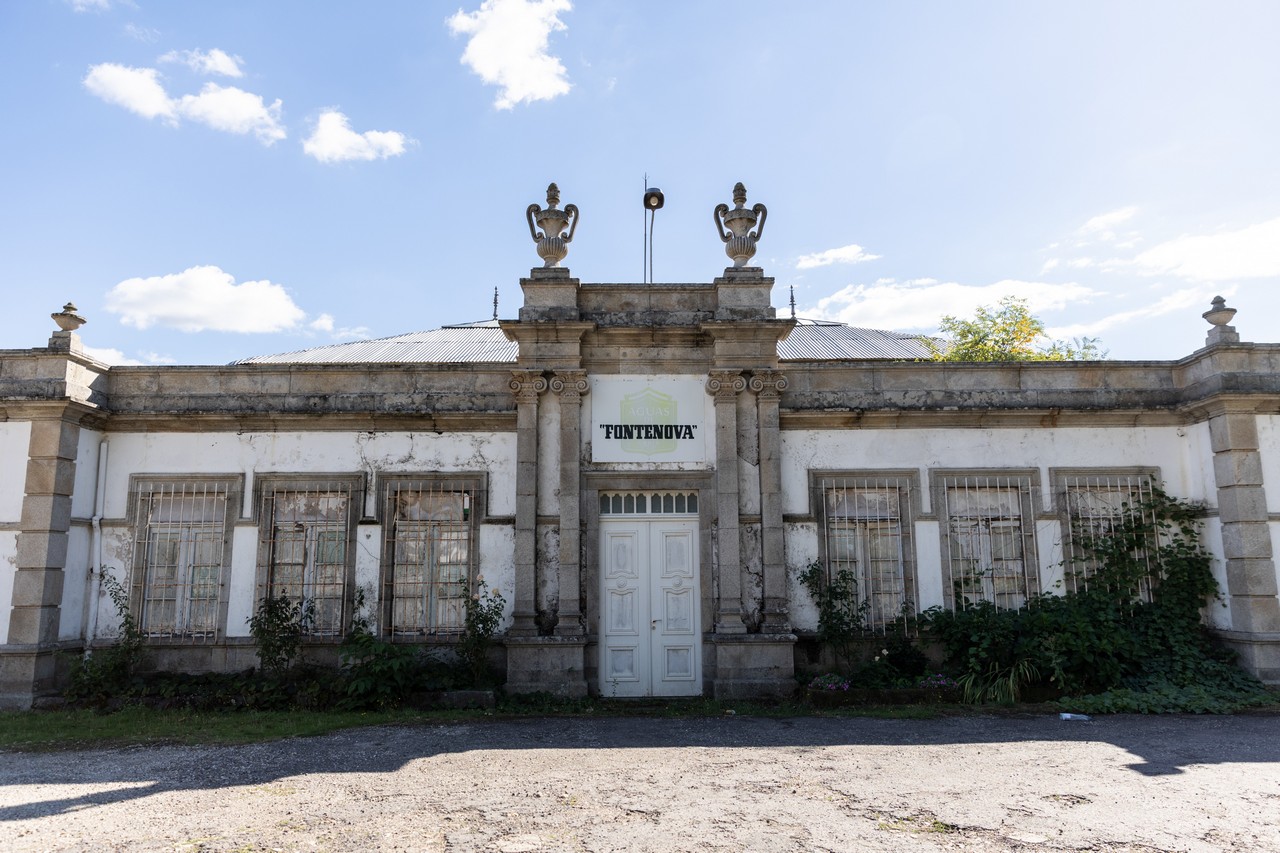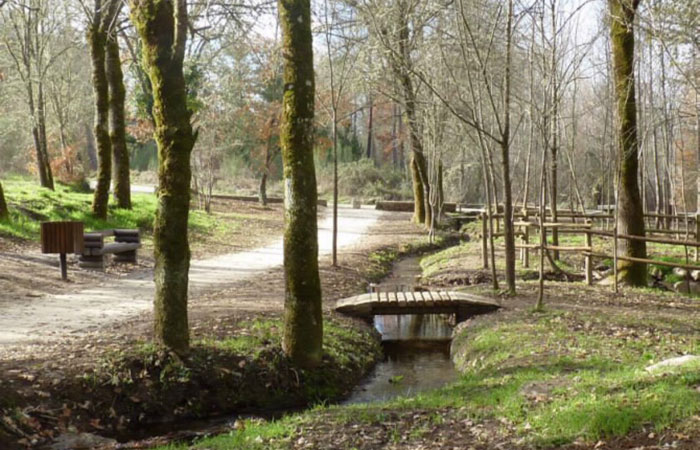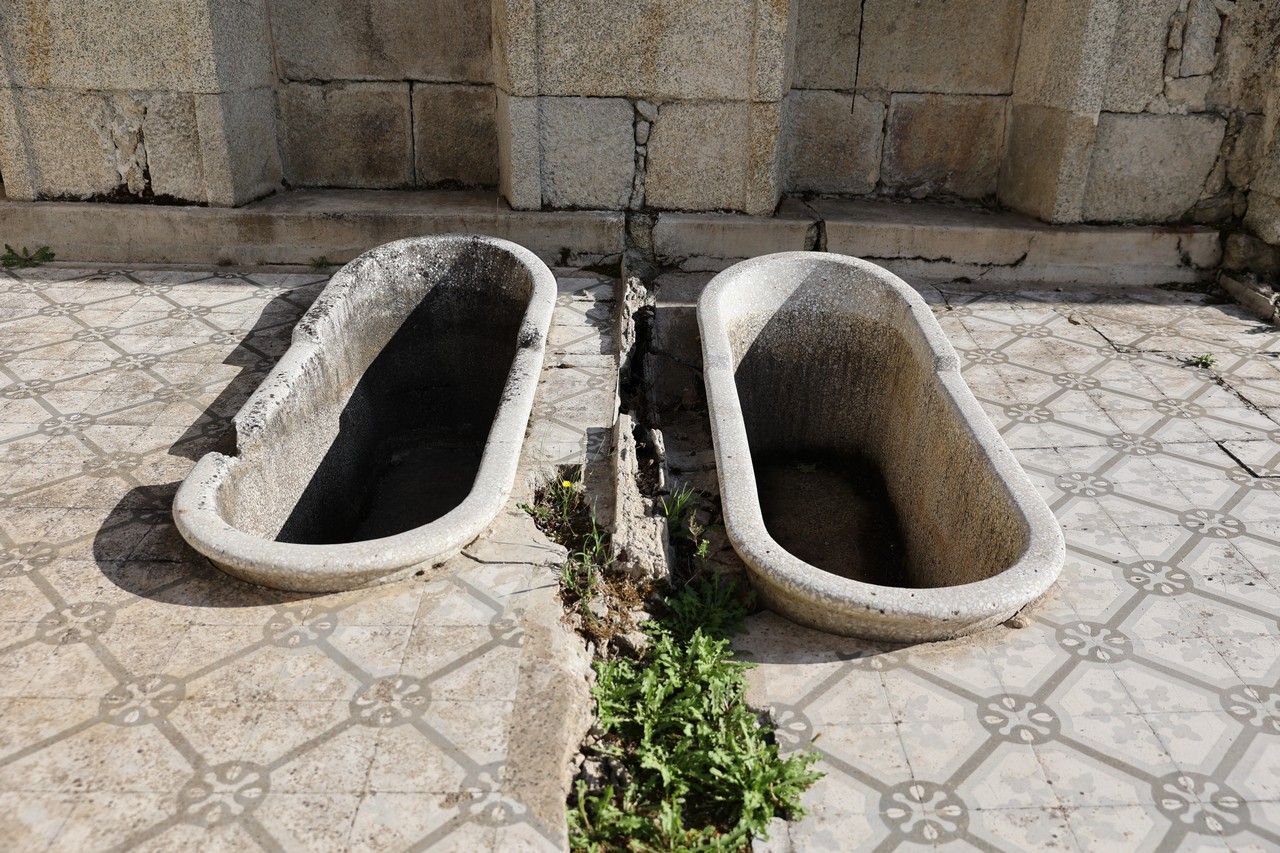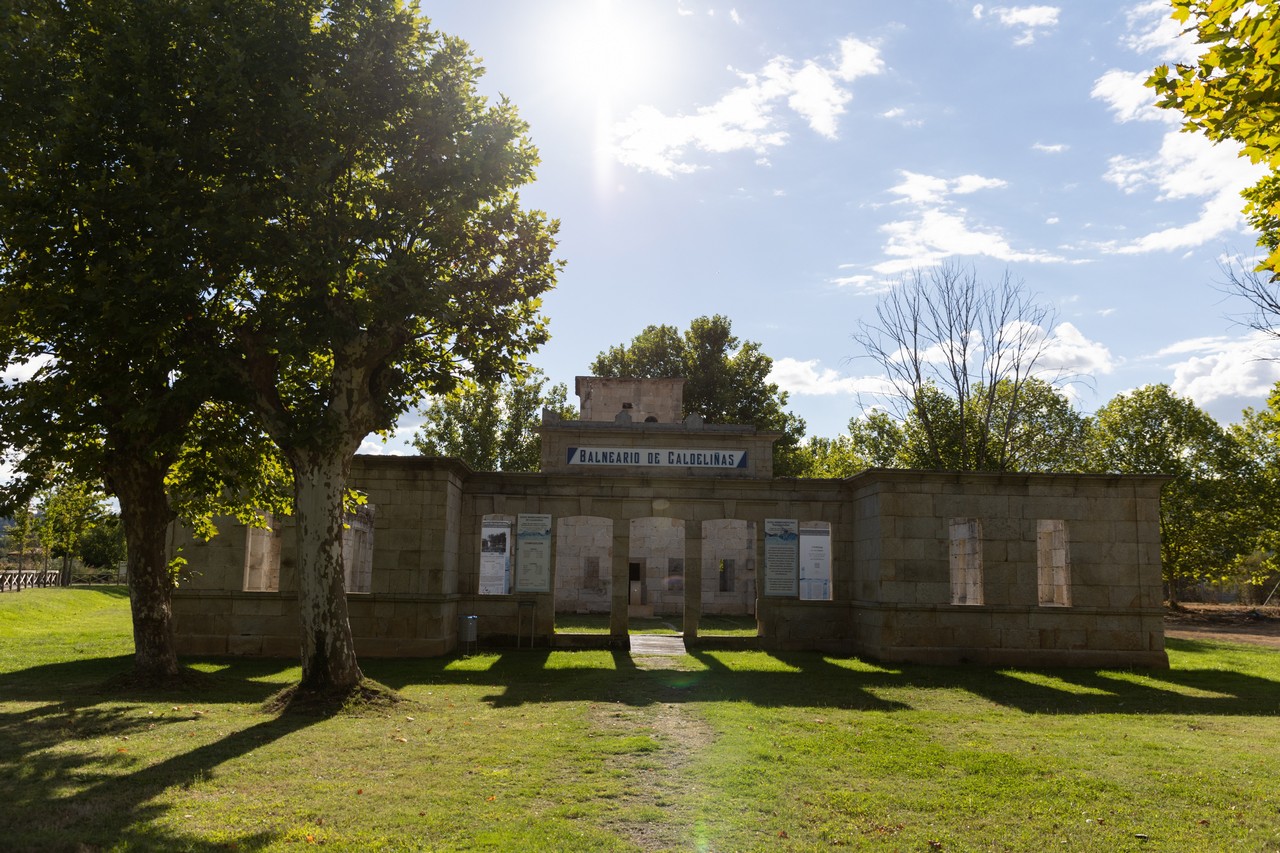The geo-destination, Verín - Viana, contains the municipalities: A Gudiña, A Mezquita, Castrelo do Val, Cualedro, Laza, Monterrei, Oímbra, Riós, Verín, Viana do Bolo, Vilardevós and Vilariño de Conso.
Verín, Laza and Viana do Bolo are famous for their delirious carnival festivals – O Entroido –perhaps the most ancient and exotic carnivals in Spain. Unique characters such as the "Cigarrón", the "Peliqueiro" and the "Boteiro" turn the streets into an explosion of colour and life around a ceremonial magic.
Verín is located in a fertile valley irrigated by the River Támega and crowned by the Castle of Monterrei, the largest in Galicia, and near the border with Portugal. This is a land of healing waters, because here can be found the highest concentration of medicinal mineral waters in Galicia: Sousas, Fontenova, Cabreiroá, Caldeliñas, Requeixo...
Verín is also the land of D.O. Monterrei, which produces some of the most modern wines in Galicia. Monterrei wines were already known in the Middle Ages and even went so far as America with the fifth Earl of Monterrei, who was Viceroy of the Indies.
Heritage
There are three elements of great importance in this geodestination. One is nature. Another is the Way of St. James. And the third is the walled city of Monterrei. The latter has Verín at its feet. Monterrei is undoubtedly the best example of fortification of the entire peninsular northwest that includes people other than the military. The first printing press in Galicia was set up here, and from here appeared the first book made in the country using the Gutenberg's invention. In the next few years, an ambitious recovery plan will allow it to become a reference for all Spain. Within its walls there is a hostel for pilgrims with a long history that was recovered at the close of the 20th century.
Because the fact is that the Way of St. James – here called the Southeast Way/Silver Way – passes through here. It enters Galicia precisely in the municipality of A Mezquita , with twenty unforgettable kilometres, and later forks in A Gudiña. There, one must choose north or south. Those who choose the former, travel the O ld Way. That is, the path followed the Galicians who went to work in harvesting in Castile, immortalised by Rosalía de Castro in her poetry. Those choosing the latter will descend to the plains where Verín and Monterrei are, and then climb the spectacular Alto de Cualedro and descend once again. The two branches of the Way of St James rejoin shortly before the capital of the province.
Natural reserves
To say 'nature' is the same as saying 'mountain'. The entire border with Portugal and Zamora is defined by high peaks, forming the spaces of Pena Trevinca and Pena Maseira, except where the River Támega cuts through (all of these areas are within the Nature 2000 Network) in a north-south direction and enters Portugal after shaping and giving life to a straight, wide valley. Noteworthy among the nature reserves is the Parque do Invernadeiro, registered in the municipality of Vilariño de Conso and within the space of the Macizo Central.
There are no human settlements in the Parque Natural do Invernadeiro; it's pure nature. Completely included in this geodestination, the old Galician mountains surrounding the park soar beyond 1,500 metres above sea level. They are the mountain ranges that are most conducive to accommodate wildlife, mainly represented by the wolf and its prey, roe deer and wild boar. The succession of deep valleys and round peaks is the result of the glaciation that shaped these heights in the distant past. Thus, from the summits of the mountains, we can see a surprising and impressive glacial cirque and several impressive waterfalls pouring from the top of the cliffs.
The vineyards with the Monterrei Designation of Origin extend through some of the lands of this geodestination, and the combination of unique soils and weather together with the winemaking tradition handed down from generation to generation enables the extraction from the old varieties of wines of an inimitable personality.
Festivals and gastronomy
When it's Carnival, all of Galicia celebrates but – perhaps – they do so more in the province of Ourense than elsewhere. Moreover, there are three locations in this province that stand out, and two of them are in this geodestination. One is Verín, and the other is Laza. Both the night-time descent from Monterrei el Xoves de Comadres in the former case, (the women monopolise all the local restaurants) as well as the descent from the Morena in the latter, bring together thousands of people. What's more, in Laza they have the custom of angry ants and flour on people, which everyone accepts by hook or by crook.
With regard to celebrations, we cannot leave out the Feira do Viño de Monterrei which hasn't got a long tradition – as the designation of origin is relatively young – but which is becoming more established every year and turns Verín into a place to meet.
The Entroido de Verín has been declared a National Tourism Event. The Entroido de Laza is a Galician Tourist Event. Also important in the areas are the Festa do Pemento de Oímbra, along with the Festa da Androlla e do Entroido de Viana do Bolo. All have been declared Galician Tourist Events.
The municipality of Riós, which is rocky and crossed by the Way of St. James, is increasingly known throughout Galicia for a product that was supported by Europe, which backed the creation of a specific route: the humble but increasingly well-regarded chestnut, whose appreciation declined considerably in the collective imaginary of the 20th century, but that has been on the road to recovery for decades. The Festa da Castaña e do Cogomelo and rivers have the declaration of Tourist Interest in Galicia.





